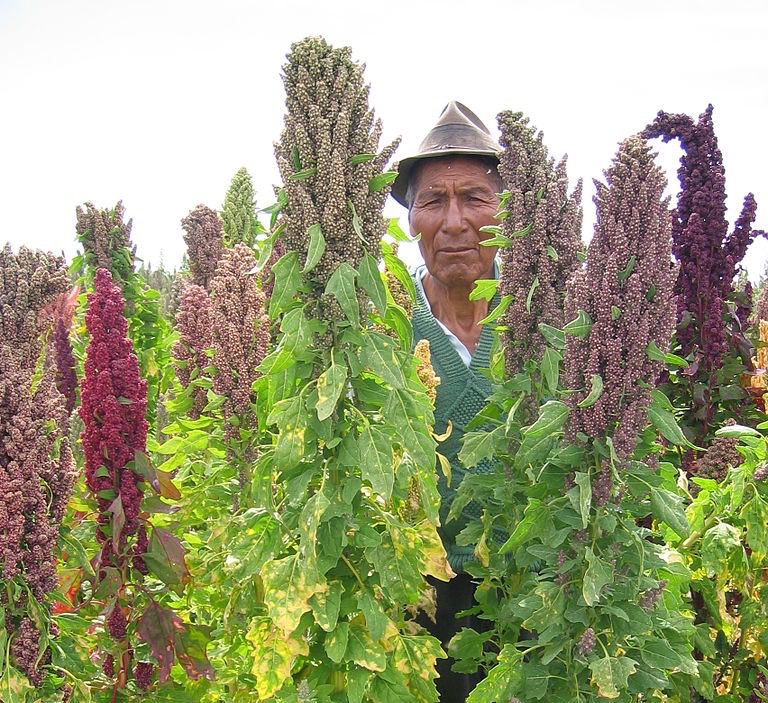This South American pseudo-cereal is more than just the darling of foodies and nutritionists - it could become an important staple crop in the future.

The Quinoa seed – that’s the part we eat – is high in protein and essential amino acids, and it’s gluten free. It can be grown in poor and even saline soils and at high altitudes where other crops, like wheat or rice, may not perform as well. All these things make it a potentially important food source as we head into the future with a quickly growing population to feed – an estimated 9.6 billion by 2050, an increase of 38 percent – and climate change.
“Chenopodium quinoa is a highly nutritious grain identified as an important crop to improve world food security,” wrote the scientists from Saudi Arabia, the U.S., The Netherlands, and Australia in the journal Nature, which came out Feb. 8. “Unfortunately, few resources are available to facilitate its genetic improvement.”
That’s changed now that they’ve determined the sequence of the DNA-building blocks of the entire quinoa genome, a little more than 1.3 billion nucleotides – the equivalent of more than 500,000 pages of text if it was printed out on paper. The hope of the project, which is led by King Abdullah University of Science and Technology in Saudi Arabia, is that breeders can use this information to improve quinoa’s traits, including cultivating shorter plants with fewer branches and more compact seed heads, which would give farmers more bang for the buck as far as yield goes. Another area of interest is in breeding plants that can tolerate higher temperatures and other stresses.
One important issue the scientists hope to solve involves developing sweeter varieties of quinoa that don’t produce saponins, bitter substances found on the outside of the seed that need to be removed before they’re consumed. The process of “polishing” the seeds involves time, money, and water.
“With the new knowledge of quinoa DNA, we can quickly and easily select plants that do not produce bitter substances in the breeding process,” Robert van Loo, an expert in quinoa breeding from Wageningen University & Research in the Netherlands who was involved in the project, said in a statement from the university.